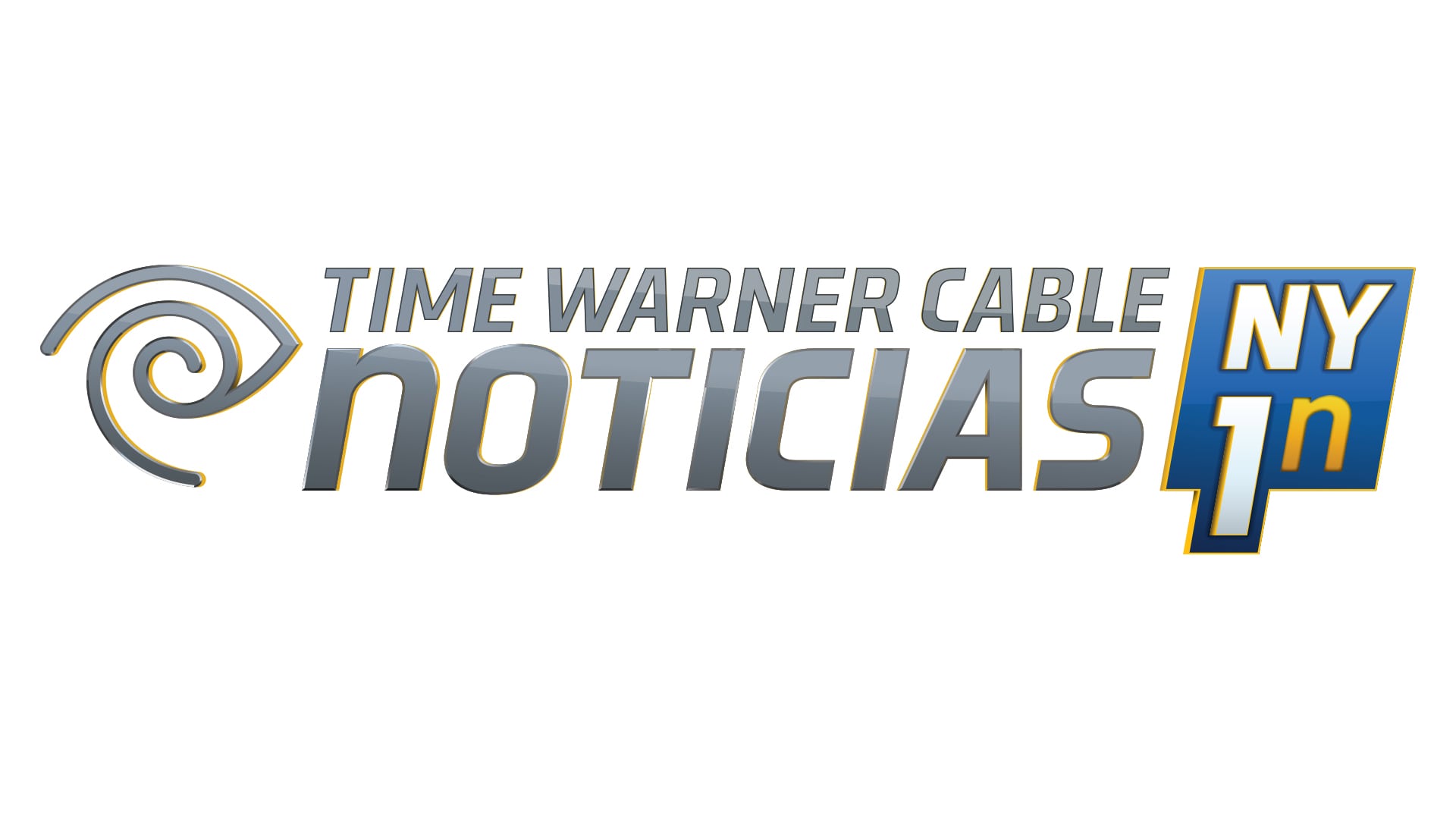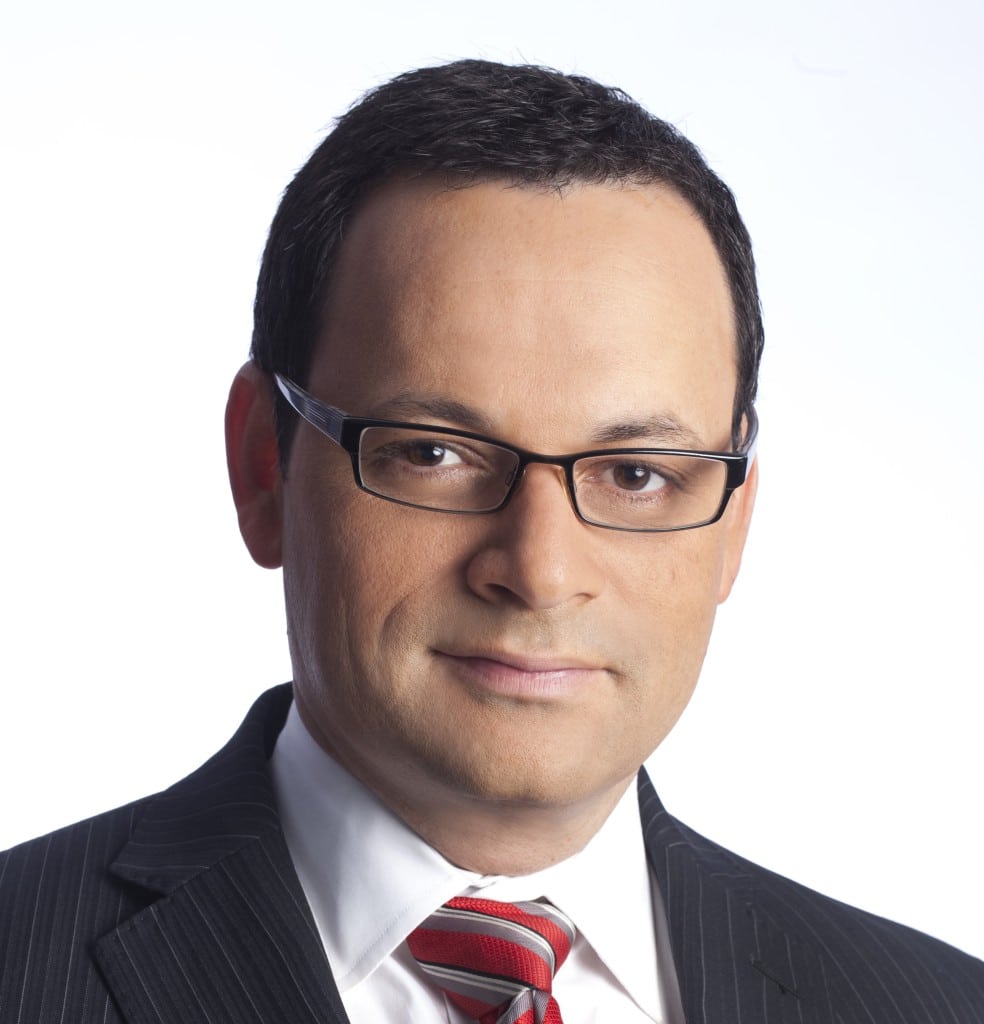Going Local: NY1 Noticias on Catering to the Spanish-Language Community

Ask any reporter, news anchor or editor, and they’ll agree: It’s incredibly challenging reporting news in today’s 24-hour news cycle. But catering to the Spanish-speaking community in New York City, whose combined global footprint exceeds more than a dozen countries, has its own unique obstacles. Cablefax sat down with Roberto Lacayo, executive editor of the 24/7 Spanish-language local network Time Warner Cable Noticias NY1, to chat about news ways in which the network is tackling that editorial challenge.

Roberto Lacayo, executive editor of NY1 Noticias
What strategies are you using to reach the Latino community in NYC?
The best strategy is observation. It’s a challenge to program for a Hispanic community… You have more than 15 countries here in New York, from all over South America, Central America, North America, Mexico and the Caribbean. Needless to say, the variety and diversity is there—and it’s hard to reach. You can’t have one message; you have to have different messages. We do a lot of observation and we also talk to a lot of people. Then we come back to the office and say hey, this is what the public needs. Opportunities show when you observe and talk to people.
What do you mean by observation?
We go out in the public. We walk the streets—take the subway, take the buses, see what people do in those instances. How they dress, what are they looking at on their phones. I see if they’re holding a newspaper or an iPhone, and what kind of content they’re looking at. When you see that, you see that there’s a hardworking community that needs a lot of help, and also needs a lot of guidance in a very big city, a very confusing place for them. They’re looking for opportunities. That’s the first step—looking at where they shop, where they buy their groceries, what kind of entertainment they go to… once we get a picture of that we can start seeing some patterns. We talk to them not in a focus group—just as regular people.
How do you create unique messages for Latinos from so many different countries?
You try to see the big issues in these communities. There are issues that are very personal and related to the community… Once they come here and make contact with the American culture and the city, there is a need. For instance, transportation—big issue. It’s really hard to park a car in New York City. It’s really hard to have a car in New York City. How do they move themselves? Subway. A lot of them use buses. We have a reporter assigned to traffic and transit issues.
There’s also the desire to have contact with their origin. They go back to their countries. We celebrate the independence of all the countries. We do special stories… We [just] finished Colombia: One was about a Colombian architect, another was about Colombian products here in the United States… They want to stay connected with their own countries—but the reality is, they’re here and they have to deal with the transit, the traffic…
You’ve focused on moving from focusing on day-to-day stories to more story development and planning. What’s the reason for that?
The motivation was to do something good for this community. It may sound cheesy, but the bottom line is that we want to be a force for the good. That was the first step. We know that a lot of Hispanics, when they come here they get lost. We want to guide them to opportunities and [help them] adapt to the city. We don’t use tricks for that—just simple storytelling. Hopefully by doing that we’re making a change.
You have closer ties with local papers now. Can you talk about that?
We have a very close relationship with a Mexican newspaper, which has been very successful in the last four years: Diario de Mexico. Sometimes we share stories and collaborate with them. In the future, we want to have a segment for “Looking Ahead.” Let’s say in the afternoon [we’ll put] a camera in the newsroom and ask, hey, what are you looking at? What’s tomorrow’s headline? We’ll use that exclusive content and that will be cross-promotional marketing there. There will be some space in the paper and we’ll give them some airtime here. So that collaboration is happening now, and we hope it’s going to be even better in the future.
Will you collaborate with other local papers?
There’s another newspaper we’re looking at, and this one’s going to be a free daily and distributed in the subway in Spanish, like Metro. We’re already in discussions on how we can help them out, and how they can help us out.
Does the paper already exist?
It’s not being printed. Right now they are testing. I think they’re going to start next month, but they know more than I do.
How did you cover the World Cup?
Again, we’re local. So we don’t have anyone in Brazil. But we had people assigned to the places where Hispanics were watching the games, to get the local reaction—how they enjoy the game, how they suffer… We also did pieces on the economic effects of the World Cup locally. For instance, in Queens we know that the World Cup brought 20 percent more business to the restaurants there. So we highlighted that—how the World Cup affected the financial aspect of those businesses, especially restaurants and stores. We concentrated on local issues and celebrations.
How are you engaged in social media?
We’ve identified a few social media outlets that we’re comfortable with. When I got here we already had Twitter, which is a good tool but doesn’t have as much penetration as Facebook—especially for older people. Facebook has become very important. We’ve done a few things, like “Picture of the Day,” which we put on air. Also, we will soon have an integration segment where people can ask us questions on Facebook and an immigration lawyer will answer those questions. Twitter we’re still using, but we’re a little more flexible with Facebook. It’s not a social media tool but web 2.0, but we’re working on creating a Whatsapp line for the station so people can text us whatever they need or send us a video.
Are you using it because it’s a free, international service?
More than that. Obviously it’s not 100% free because you have to pay for the app. But we do it because it has a very strong penetration among Hispanics. We know that they communicate with Whatsapp.
What makes your coverage different from other local news outlets?
I think we have a lot of good stations here in New York. We have a lot of channels in Spanish that are doing a great job as well. And we’re not really competing against anybody. The difference between them and us is the why. Again, we’re doing this because we really want to make an impact in this community.